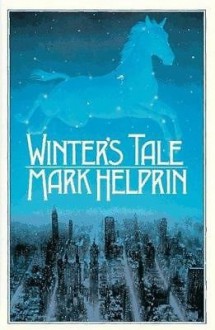
This is really the Tale of Two Tales, with the shadow of a third lingering behind.
Christine Leunens' "Caging Skies" is the novel from which Taika Waititi adapted his screenplay for "JoJo Rabbit" . . . and, if someone didn't tell you that fact, you may never guess. Yes, a little Viennese boy named Johannes is a Hitler Youth true-believer. Yes, his mother is secretly working with underground dissidents. Yes, a friend of Johannes' deceased sister is hiding in the family's attic.
But is this novel a comedy about a little boy whose imaginary friend is Adolph Hitler? Does it make you laugh at evil and cry for the naiveté of youth? Not even a little bit. This novel owes far more to Kafka's "Metamorphosis" than to Mel Brooks any day.
Although the first part of the novel IS about a boy who resembles Waititi's JoJo, most of it is not. After JoJo is wounded, he turns surly and loses all humor. The novel becomes the story of a teenage boy -- and then a 20-something young man -- who falls in love with the young woman hidden in his home. As he loses all of his family, he bonds with the woman and keeps her tied to him, a prisoner of dependency and lies, for the rest of the war and more than a few years after.
Interestingly, though, one motif the novel and film share is that of dancing -- to eerie effect. Through the novel, you can also follow motifs and symbolism of snails, caged birds, decaying houses, and bedridden people.
So there is Leunens' "Caging Skies." And there is Waititi's "JoJo Rabbit." But I think there is easily another story here to be told: Elsa's story from her own point-of-view. How did she survive, and how badly did her experience affect her mind? "Caging Skies" is entirely from Johannes' point-of-view, so the damage to Elsa is very hard to discern. But it is certainly there. And the potential is fascinating.
Read it. Consider it.
-cg

 Log in with Facebook
Log in with Facebook 







